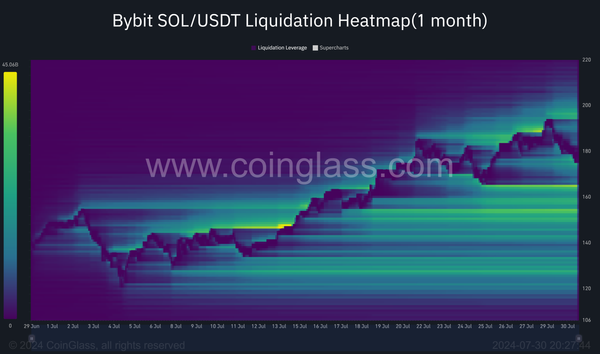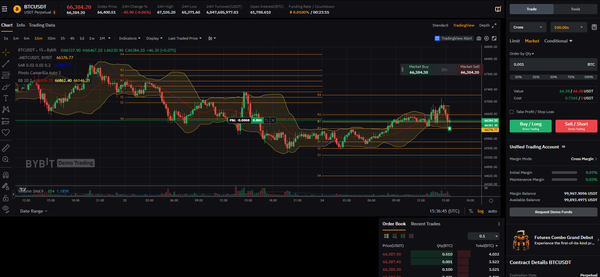Embracing the Probabilistic Nature of Technical Analysis

In the realm of trading, whether in bustling stock exchanges or the volatile cryptocurrency markets, technical analysis (TA) serves as a critical navigation tool. It deciphers market psychology, price patterns, and trends, aiming to forecast future market movements. However, a fundamental understanding that separates successful traders from the rest is recognizing and embracing the probabilistic nature of TA. This acknowledgment is not a sign of weakness in TA's methodologies but a realistic approach to managing expectations and making informed decisions in an inherently uncertain market environment.
Understanding Probabilities in TA
Technical analysis is grounded in the study of past market data to forecast future price movements. It operates on the premise that market trends, once established, are likely to continue. However, TA is not a crystal ball. It deals with probabilities, not certainties. No matter how strong a pattern or indicator appears, it cannot guarantee a specific outcome. Instead, it suggests that given certain conditions, the market is more likely to move in one direction over another.
Risk Management and Decision Making
Embracing the probabilistic nature of TA fundamentally transforms a trader's approach to risk management and decision making. Knowing that every trade is essentially a bet on a probable outcome encourages the implementation of robust risk management strategies. It compels traders to consider the risk-to-reward ratio of their trades, to use stop-loss orders effectively, and to diversify their portfolio to mitigate potential losses.
The Importance of Psychological Resilience
Trading, at its core, is a psychological endeavor. The understanding that TA deals with probabilities demands psychological resilience, especially in the face of losses. Losses are not just possible; they are inevitable. The key is to maintain a level head, learn from each trade, and not allow emotions to drive decision-making. This resilience is what allows traders to persist, refine their strategies, and succeed over the long term.
Continuous Learning and Adaptation
The market is a dynamic entity, constantly influenced by global events, economic indicators, and human psychology. As such, a strategy that works today may not work tomorrow. Successful traders are those who continually learn and adapt their strategies based on new information and changing market conditions. They understand that TA provides a framework for making informed decisions, but it's their ability to interpret and act on this information that ultimately determines success.
Practical Application of Probabilistic TA
To effectively apply the probabilistic nature of TA, traders should:
- Backtest Strategies: Before implementing any strategy based on technical analysis, it should be backtested against historical data. This provides an insight into its effectiveness and the probability of success.
- Set Realistic Expectations: Understand that no strategy provides a 100% success rate. Setting realistic expectations helps in managing emotional responses to losses.
- Use Risk Management Tools: Always use stop-loss orders and consider the risk-reward ratio to manage the inherent risk in trading.
- Diversify: Diversification across different assets or strategies can reduce risk, as not all will likely fail at the same time.
Conclusion
Embracing the probabilistic nature of technical analysis is a crucial step toward becoming a more effective and resilient trader. It encourages a disciplined approach to trading, grounded in risk management, continuous learning, and psychological resilience. By acknowledging the inherent uncertainties in market behavior, traders can navigate the volatile waters of financial markets with greater confidence and strategic insight.




